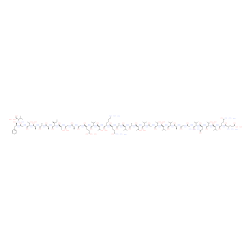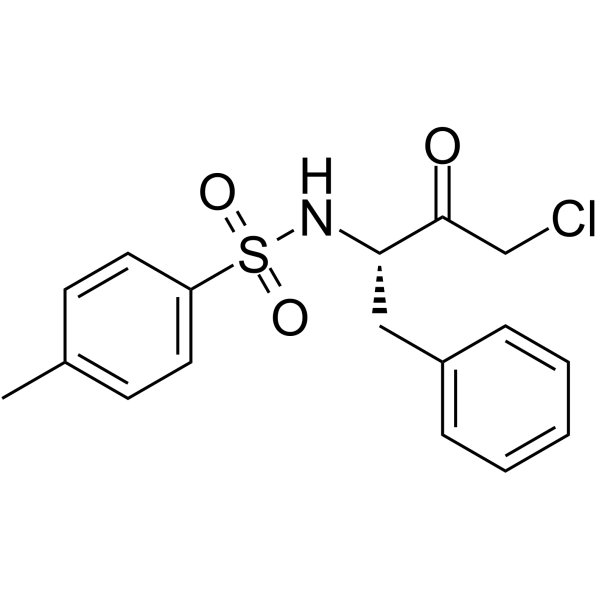| Structure | Name/CAS No. | Articles |
|---|---|---|
 |
α-Synuclein (61-95) (human) trifluoroacetate salt
CAS:154040-19-4 |
|
 |
3,4-Dichloro-isocoumarin
CAS:51050-59-0 |
|
 |
Tosyl phenylalanyl chloromethyl ketone
CAS:402-71-1 |